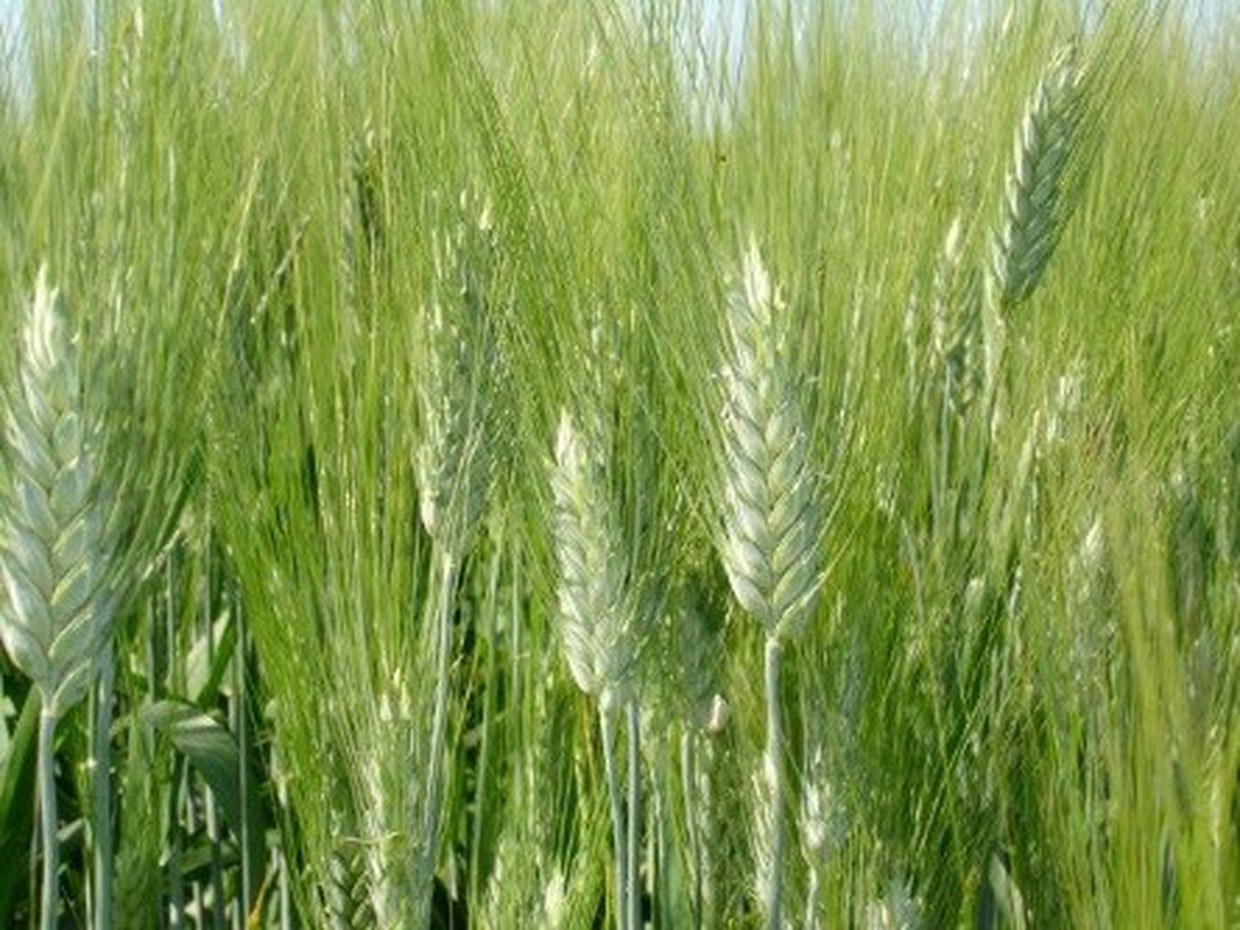The agricultural garden
The agricultural garden, located at the “Agrarian Complex”, serves primarily as a teaching support for many courses at the Department of Agricultural and Food Science, University of Bologna.
In Filippo Re's own words:
"... I always reputed that such establishments should mainly serve to facilitate young people, in the short time assigned for agricultural studies, the cognition of the various branches of agriculture, presenting to them, as in small pictures, the series of the garden. Thus those who go to the Universities, unaware of the science of fields, will be able to form a much clearer idea of it, than by merely listening to the professor's speeches, of which a daily experience convinces me. I met many young men who, attending the University, did not distinguish wheat from barley, and many others ignored the existence of several useful plants, because they were unknown in their countries; of many they did not know the names, and even less the way to cultivate them and make use of them. ...".
However, the agricultural garden also has research purposes, for example:
• The maintenance of germplasm (e.g., of species or varieties no longer cultivated) that can be used in genetic improvement.
• The observation of exotic plants that may give insight into their possible cultivation in our environments.
• The maintenance of biodiversity in the urban ecosystem.
In the 1980s, the agronomist Mauro Marotti, as part of the Institute of Agronomy at the University of Bologna (directed by Prof. Pietro Catizone), set up the Agricultural Garden in the historical site of the Faculty of Agriculture, reviving the original teaching garden organized by the agronomist Filippo Re. In 2003, the "Filippo Re" Garden was moved to the new location in Viale Fanin, while maintaining the same original organization, form and purpose.
Structure
The agricultural garden covers an area of about 3,000 m2 of fertile land, equipped with localized drip irrigation and includes more than 400 plots (area 4 - 10 m2), each with a different species, cultivated respecting their characteristic biological needs. Annual plants are sown, each year, in different plots according to rational crop rotations
As far as possible, species are grouped according to their use.
There are grain,industrial, fodder, horticultural, medicinal and aromatic, fruit, ornamental, flower crops.
Each species is marked by a label with identification elements (botanical family, genus and species, Italian and English common name).
Services and advice
Guided tours are offered for schools of all levels. Tours can be general or thematic and are arranged by reservation.
Examples of thematic tours:
• Plant cultivation
• The reproduction of plants
• Plants and man
• Recognition of winter cereals
• From seed to seed
• Trees and the environment
• Games in the agricultural garden
• A trip through colors and scents in the medicinal garden
• Walking across the insect garden.
The agricultural garden

The agricultural garden

The agricultural garden
